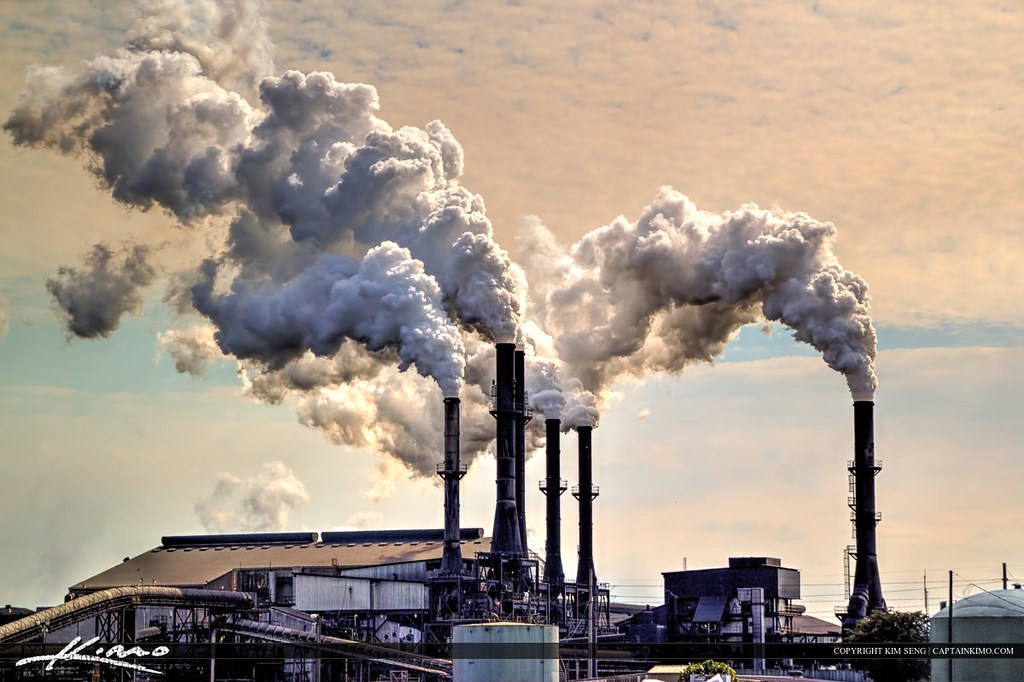Despite the drop in emissions caused by anti-Covid restrictions, 96% of EU citizens living in cities were exposed to elevated levels of fine particulate matter pollution in 2020, according to the European Environment Agency (EEA).
A report published on Friday showed that air pollution remains a major issue in most major cities. High levels of particulates in the air are associated with elevated levels of illness and other diseases.
“96% of the urban population was exposed to concentrations of fine particulate matter above the 2021 WHO guideline of 5 µg/m3,” the study reveals.
The hardest hit by poor air quality are cities in Eastern Europe and Italy. Both recorded high levels of particulate matter and benzopyrene, a carcinogenic produced by burning hydrocarbons.
A very low EU bar
As part of the European Green Deal’s “Zero Pollution Action Plan”, the European Commission aims to reduce the number of deaths linked to fine particulate matter by at least 55% compared to 2005 levels.
European standards are significantly less stringent than World Health Organisation guidelines. By EU standards, less than 1% of the EU’s urban population is exposed to high fine particulate matter pollution. By WHO guidelines, 96% of EU city dwellers are exposed to elevated levels.
This demonstrates a large disparity between the two international standards. To combat this, the European Commission has initiated a review of its air quality to directives to more closely align with WHO recommendations.
Related News
- Wallonia to test blood, urine of teenagers living near metal shredders
- From ‘excellent’ to ‘extremely poor’: Brussels air quality mapped by neighbourhood
According to WHO guidelines, air quality in Belgium is considered “moderately unsafe.” In 2020, Belgium’s average annual concentration of fine particulate matter was 13 µg/m3, which exceeds the recommended maximum of 10 µg/m3.
Pandemic silver linings
2020 showed a marked decrease in global emissions. As the Covid-19 pandemic wracked Europe, international logistics networks ground to a halt. Fewer flights, less shipping, and less production meant less greenhouse gas emissions.
Concentrations of nitrogen dioxide fell significantly in major cities. In France, Italy, and Spain this came to an average reduction of 25% in major cities. Nitrogen dioxide emissions fell by 70% during the first lockdown in April.
In Belgium, air pollution is responsible for more than 9,000 deaths per year. In the capital, 500 people die prematurely each year due to heightened levels of nitrogen dioxide, usually emitted by diesel engines and thermal power stations.

